If you want to gain weight the healthy way, Paleo can still work for you. Here’s how to use the diet to bulk up on healthy carbs and added calories.
In a time where millions of us are overweight and struggling, complaining about losing too much weight won’t win you many sympathy points.
Your family and friends might get irritated – even annoyed – when you bring up this issue…
But that doesn’t make it any less real. Sometimes, switching to a Paleo diet can work too well. With most fad diets, the weight might come off for a while, but it comes right back on again a few months later.
When you go Paleo, it’s more common for that weight to melt off… and sometimes keep melting off. But what if you’re losing too much? Should you ditch the Paleo diet and go back to the way you used to eat so you can gain weight?
Not so fast…
Sometimes Paleo Weight Loss Can Work Too Well
It’s amazing what happens when you go Paleo.
That decision, which can pull you a long way from how you were eating and living before, gives you loads of energy and protects you from major health problems. The pounds come off. You start to look and feel great.
But too much of a good thing can cause second thoughts about Paleo’s place in your life. After you shed some pounds and reach your target weight, you might keep losing them.
What happens when you can’t stop?
Understandably, some people get scared about getting too skinny. They worry they’re undernourished – not giving their bodies the fuel they need – and end up going back to unhealthy grains and sugars for quick energy boosts.
You don’t have to do that to gain weight, though. You have other options.
How to Maintain Your Weight (The Paleo Way)
It’s natural to question the Paleo diet if you can’t stop losing weight…
But before you reintroduce other foods into your diet, consider this: it only takes a few tweaks to your Paleo lifestyle to maintain or even gain weight (if that’s your goal). There’s no need to abandon the program just because the number on the scale is still dropping.
Small changes will give you more energy and keep your weight steady. Here are five ideas to try if you’re worried about your shrinking waistline:
1. Carb Up
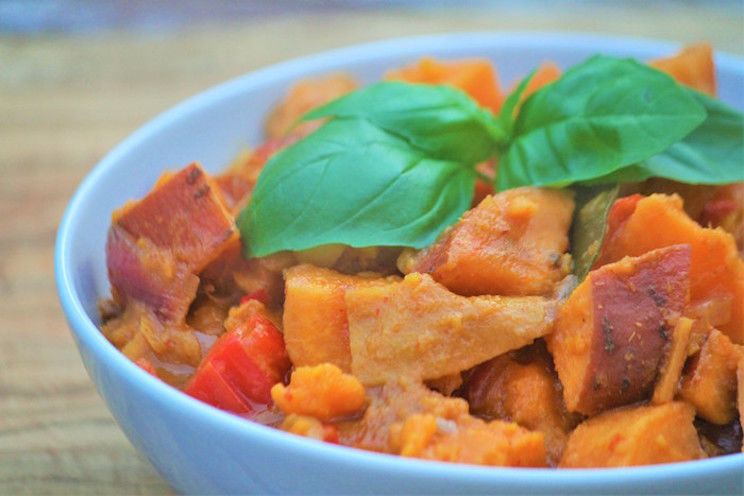
Many non-Paleo eaters see the Paleo diet as a carnivore’s fantasy. Ask them what “Paleo” means, and they’ll go on and on about giant steaks and slabs of bacon.
There’s a reason for the stereotype: a lot of people in the Paleo community are “carbophobic.” They do a great job filling their plates with animal protein and healthy fats. They’ll mix in a few vegetables here and there. But the carbs they enjoyed in their past lives are strictly off limits.
Extremely low-carb diets can help you lose a lot of weight quickly (1). That’s why many Paleo beginners – especially obese, sedentary types – use them and see dramatic success. [tweet_quote] Starchy carbs – like sweet potatoes, yams, and squash – are great ways to refuel your body after exercise. [/tweet_quote]
But zero or extremely low-carb diets also have their limitations. After you lose the extra weight and become more physically active, your body starts to crave more energy sources. Carbohydrates can fill that role nicely.
Don’t be afraid of carbs – especially if you’re losing too much weight. No need to start buying bread and pasta again, either. There are plenty of Paleo-friendly carbs that will give you energy and help keep the weight on.
Starchy carbs – like sweet potatoes, yams, and squash – are great ways to refuel your body after exercise. You could even consider adding white rice to your diet to help you gain weight. It’s pretty much pure starch, and it doesn’t contain harmful gluten.
(Read: Are Starches Dangerous or Healthy on the Paleo Diet?)
Fruit is another good carbohydrate source. Some people in the Paleo community urge you to avoid starchy fruits like bananas and plantains. But those are exactly the kinds of fruits you should eat if you’re looking to gain weight.
2. Eat More Healthy Fats

Did you know fat is the most calorically-dense macronutrient around?
Carbohydrates and protein provide four calories per gram.
But fat? You get over twice as many calories in the same amount: nine calories per gram.
This means that upping your fat intake is the easiest way to make up the calorie deficit that’s causing you to lose too much weight.
Most fats found in processed foods cause inflammation and all kinds of other serious health problems. So you’ll want to stick with healthy, Paleo-friendly fats instead.
Good news: there are tons of healthy fats available.
Coconuts and avocados are great to snack on or have with meals. Fatty cuts of meat will also bump up your calorie intake… as long as they’re from animals fed their natural diet and not treated with hormones or antibiotics. Avoid fatty cuts from conventional animal products. If you can tolerate dairy products, grass-fed butter, cheeses, and yogurts are loaded with healthy fats.
(Read: 7 Ways Your Meat Isn’t Paleo)
Besides eating more fatty foods, you can always use oils to cook and season meat, vegetables, and starches. Want to sneak more calories into your diet? Fry up that chicken in coconut oil and dip it in homemade sauce. It’s an easy way to increase your calories without feeling like you’re stuffing your face.
3. Add Smoothies or Juices
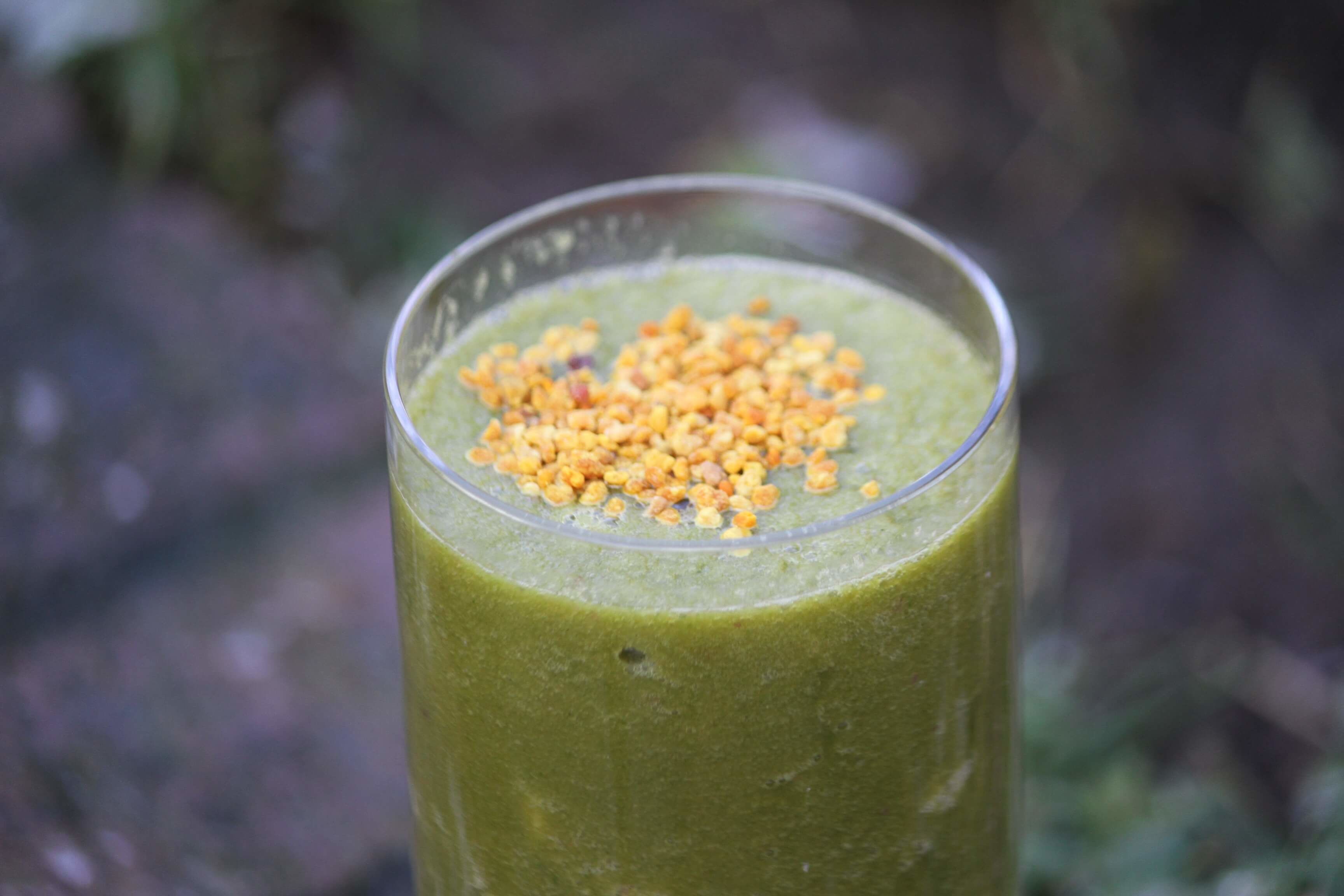
If you’re worried about losing too much weight, a blender or juicer is one of the best investments you can make.
You might not think about it because so many people use them to try to lose weight. But liquid calories can work both ways. They can help you keep weight on because it’s much easier to drink calories in liquid form than eat them solid.
(Make: 20 Amazing Paleo Smoothies)
Smoothies or juices offer a great snack or extra meal without all the hassle of sitting down and plowing through another plate of food. Eating a ton of vegetables and fruit is key, but sometimes the sheer volume of them is so high it curbs your appetite to eat more calorie-rich foods. [tweet_quote] Try adding higher-calorie fruits like avocados and dates to your smoothie as a quick (and tasty) way to clock in calories. [/tweet_quote]
Having more food in liquid form takes care of that. You can even tweak your smoothies or juices to increase their calorie content. Throw in some higher-calorie fruits like avocados and dates. And don’t be afraid to add some nut butters, coconut oil, or maybe Greek yogurt. These help pile on the calories you need… and they make smoothies taste great!
Finally, liquid calories don’t affect your appetite the same way eating solid food does (2). I’ve experienced this effect firsthand. A few months ago my wife and I started making smoothies in our blender. We do it pretty much every day, always having a smoothie in the evening right after work. It’s a great way to get a much-needed energy boost… but it’s had zero impact on my hunger. I’m still ready to have a big dinner just a few hours later.
4. Match Your Food Intake with Your Daily Activity Levels

Sticking to the same few meals makes the transition to Paleo a lot less stressful. You don’t have to worry about what you’re going to eat that day… or wander around the grocery store until you “accidentally” end up in the cookie aisle.
But getting too deep into a rigid eating routine can make you feel stuck. It’s happened to me, and maybe it’s happening to you too. You eat the same things over and over no matter how physically active you were that day.
Why does this matter?
Say you’re working a sedentary office job. You lift weights on Mondays, Wednesdays, and Fridays. But are you making sure to increase your calories on those days? You might be eating enough on your off days to meet your body’s needs. But not getting quite enough on your workout days adds up throughout the week. You create a big enough calorie debt to lose weight… even though you don’t want to.
This sounds like a no-brainer…
But it’s so easy to get caught up in your eating routine that you forget to account for those higher-intensity days. Challenge your body, but make sure it’s getting enough fuel, too. Don’t expect that a piece of fish with vegetables and a tiny sweet potato will be enough after a 10-mile hike!
5. Track Your Calories for a Week or Two
Never having to count calories is one of Paleo’s biggest selling points.
We’re sick and tired of weighing, measuring, and counting every nibble. That’s what fad diets force us to do. It takes a ridiculous level of discipline to keep that up for months on end. No wonder why so many of them fail! [tweet_quote] Many Paleo newbies overestimate their calorie intake and think they’re getting 3,000 or 4,000 calories a day… when they’re actually eating fewer than 2,000. [/tweet_quote]
But here’s the thing:
Counting your calories (at least for a little while) could be the first step in helping you gain weight. The quality of your food matters, but so does the quantity. Eating the right things is great. But you’ll still shrink if you aren’t getting the calories your body needs.
A lot of people, many of them Paleo newbies, drastically overestimate their calorie intake. They tell you they’re having 3,000 or 4,000 calories a day… when they’re actually eating fewer than 2,000.
It’s understandable why this happens. We’re used to looking at labels of processed foods full of grains, sugars, and unhealthy fats. Those foods are low in nutrients but high in calories. Paleo foods are exactly the opposite: low in calories and high in nutrients (3).
This means that it’s easier to feel fuller when you eat Paleo foods. You end up thinking you’re eating way more than you really are.
Tracking your calories will give you a baseline (and often a harsh wake-up call) about how much you’re really eating. You don’t have to do it forever. It only takes a week or two to get the information you need to move forward.
If you discover you’re eating way less than you thought, maybe it’s time to scrap intermittent fasting or add a smoothie to your daily routine. If you struggle to stuff more food down your throat, turn to dense calorie options like oils, nut butters, and other healthy fats in order to gain weight.
Give It Time
Some people struggle to lose weight when they go Paleo. Others struggle to keep it on. Both issues are equally legitimate.
Getting to the bottom of your weight-loss issue might take some time. Don’t worry if there’s an adjustment period where you’re tweaking your food intake so it’s just right. It’s completely normal for it to take a few months to dial everything in.
You’re already eating the foods you were meant to eat – and you’re well on your way to a longer, healthier life. Don’t be afraid to experiment until you find the right calorie intake to maintain your weight.
Have you struggled with losing too much weight on the Paleo diet? How did you try to gain weight back? What worked, and what didn’t? Leave a comment and share your experience!


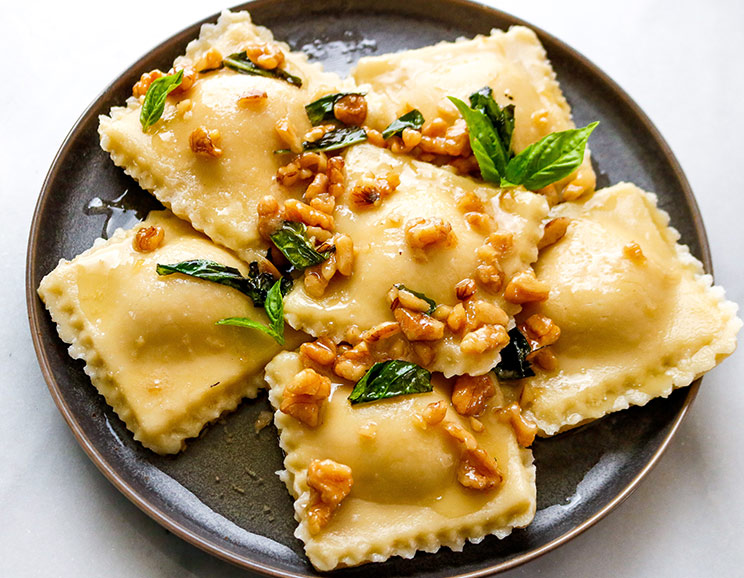 Paleo Pumpkin Ravioli
Paleo Pumpkin Ravioli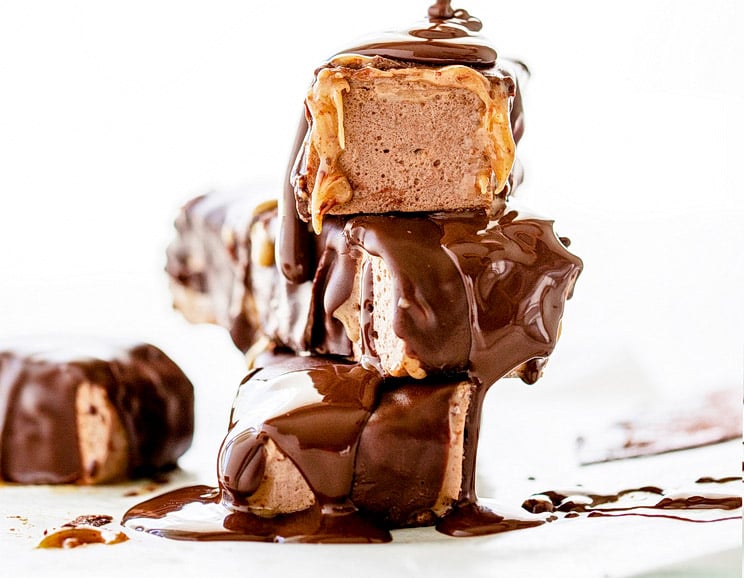





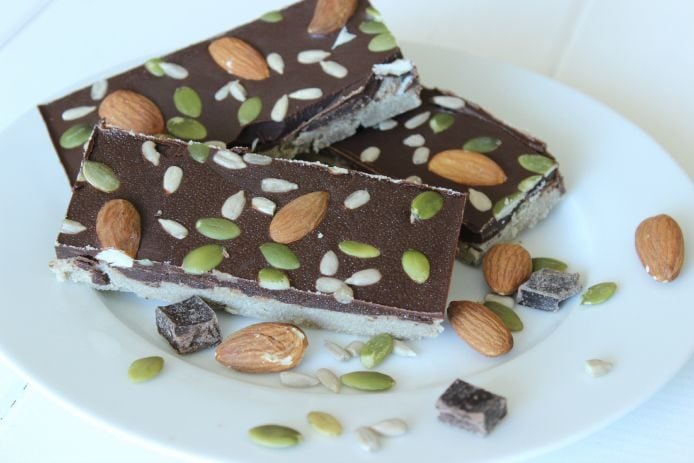
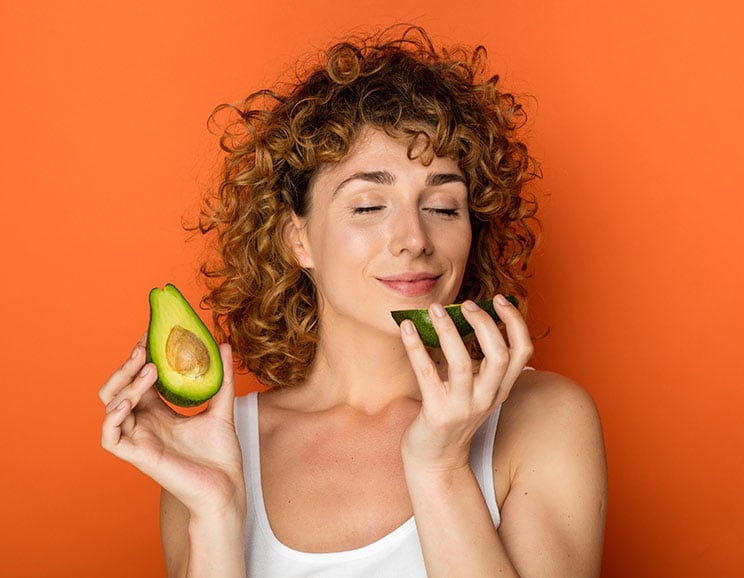

Show Comments